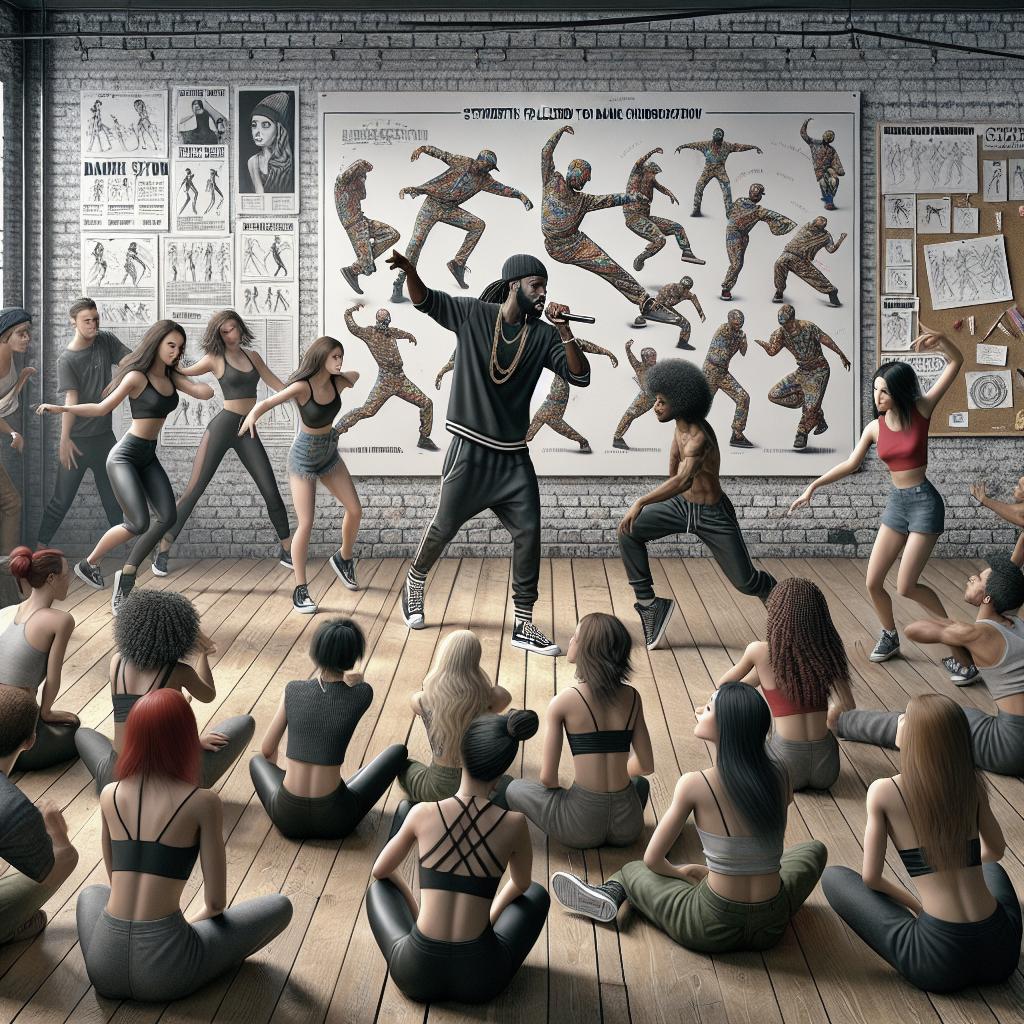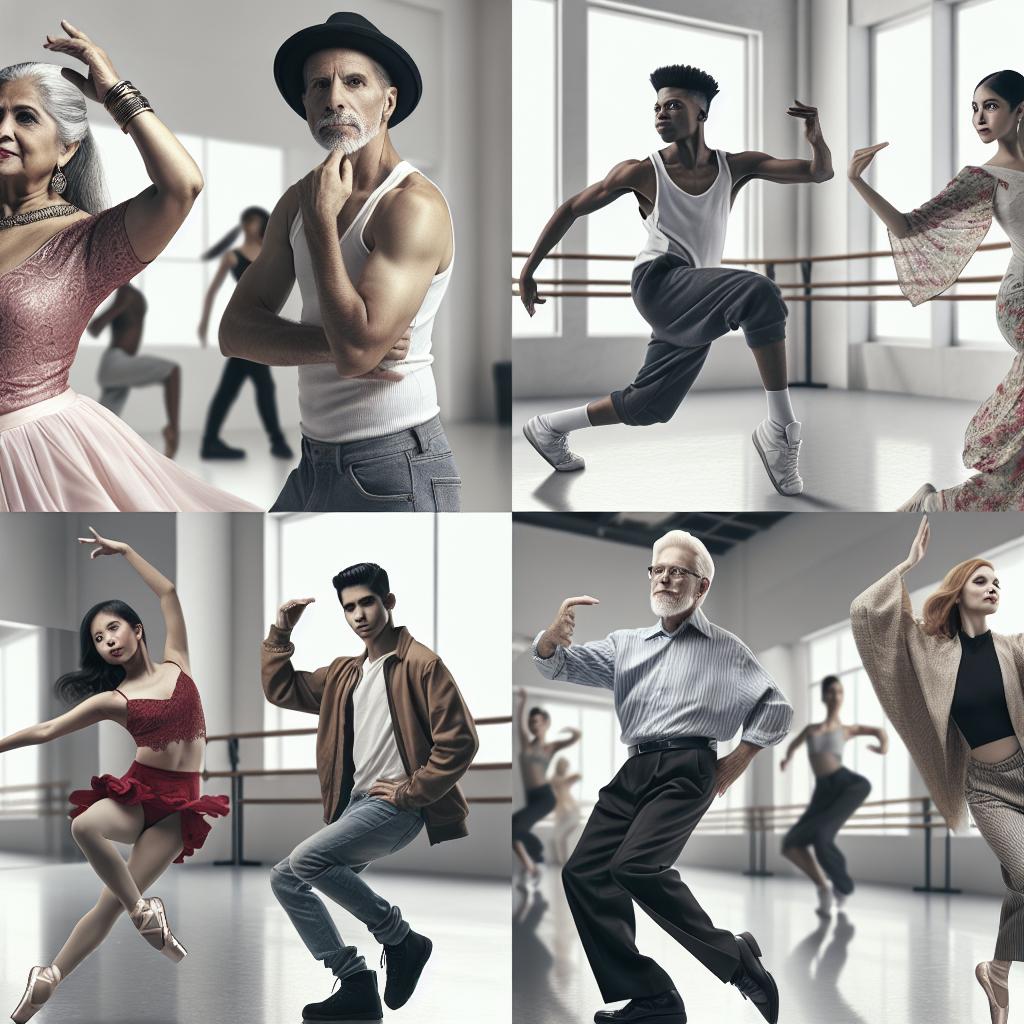Mastering the Art of Dance Choreography: Tips and Insights
Dance choreography is an intricate blend of creativity, rhythm, and storytelling, crafted to captivate audiences and express artistic visions. In this blog post, we’ll explore the world of dance choreography through the lens of five renowned choreographers: Jake Kodish, Tobias Ellehammer, Cat Rendic, Erica Klein, and Sean Lew. Each brings a unique perspective and valuable insights that can inspire your choreographic process. From blending dance styles to emphasizing emotional connection, these choreographers provide practical tips and strategies to enhance your skills. Whether you’re a seasoned choreographer or just starting out, these tips will help you elevate your dance routines and connect deeper with your audience. Let’s dive in and uncover the secrets behind some of the most dynamic and engaging choreography in the industry.
Jake Kodish
Jake Kodish is known for his high-energy and highly dynamic choreography that often combines elements of hip-hop, street dance, and contemporary. One of his top tips is to start with a strong narrative or theme before diving into the steps. This helps create a cohesive piece that resonates with both the dancers and the audience. He advises choreographers to be daring in their choices and not shy away from experimenting with different movements and styles.
Kodish emphasizes the importance of music in the choreographic process. He suggests spending time with the chosen music, allowing its rhythm and beats to inspire movement ideas. This creative process, Kodish argues, leads to more authentic and organic choreography. Quality music, he notes, can act as a guiding force that shapes the mood and energy of a piece.
Tobias Ellehammer
Tobias Ellehammer is celebrated for his innovative fusion of dance styles and groundbreaking concepts. He suggests beginning with a clear creative vision that encapsulates your goal for the performance. Through storyboarding or visual brainstorming, ideas can be effectively translated into movement. Ellehammer also recommends stepping out of comfort zones to embrace unexpected influences and styles.
Collaboration is another key element in Ellehammer’s choreographic process. He believes working with others can lead to new perspectives and ideas that enrich the piece. By inviting feedback from dancers and other creative professionals, Ellehammer ensures that the choreography evolves and remains innovative. The power of collaboration, he stresses, can elevate a dance piece from good to spectacular.
Cat Rendic
Cat Rendic focuses on storytelling through movement, often creating pieces that evoke strong emotional responses. Her advice to choreographers is to prioritize emotion over technical perfection. By focusing on the story behind the dance, Rendic argues, choreographers can create performances that resonate on a deeper level with audiences.
She also underscores the importance of adaptability in choreography. Rendic encourages choreographers to be flexible in their approach, viewing challenges as opportunities for creativity. By remaining open to change and knowing when to pivot, choreographers can craft performances that are both innovative and moving.
Erica Klein
Erica Klein is known for her intricate, contemporary choreographic style that often incorporates elements of ballet and modern dance. Her key tip is to pay attention to the details, as even the smallest nuances can significantly impact a piece. Klein suggests focusing on specific finger placements or subtle eye movements to add depth and complexity to choreography.
Conceptualizing movement with a purpose is another of Klein’s recommendations. She advises choreographers to define the intention behind each step, making sure every movement serves a purpose. This intentionality ensures the performance tells a cohesive story, drawing audiences deeply into the narrative crafted onstage.
Sean Lew
Sean Lew, known for his versatility and innovative choreography, advises choreographers to nurture their personal style while remaining open to new influences. He encourages choreographers to immerse themselves in various dance styles and absorb elements that resonate with them. This approach fosters the development of a unique choreographic voice.
Lew also highlights the importance of rehearsals, emphasizing patience and the need for continual refinement of each piece. He recommends breaking down choreography into smaller, manageable sections to allow for focused practice. This methodical approach helps dancers fully embody the choreography and ensures a polished final performance.
Next Steps
| Choreographer | Main Focus | Tips |
|---|---|---|
| Jake Kodish | Create with a strong narrative | Let music inspire the choreography |
| Tobias Ellehammer | Innovative fusion and collaboration | Embrace unexpected influences; collaborate for new perspectives |
| Cat Rendic | Emotional storytelling | Focus on emotion; be adaptable |
| Erica Klein | Intricate and intention-driven | Attention to detail; purpose-driven movement |
| Sean Lew | Versatility and personal style | Nurture personal style; detailed rehearsals |
Leave a Reply Cancel reply


